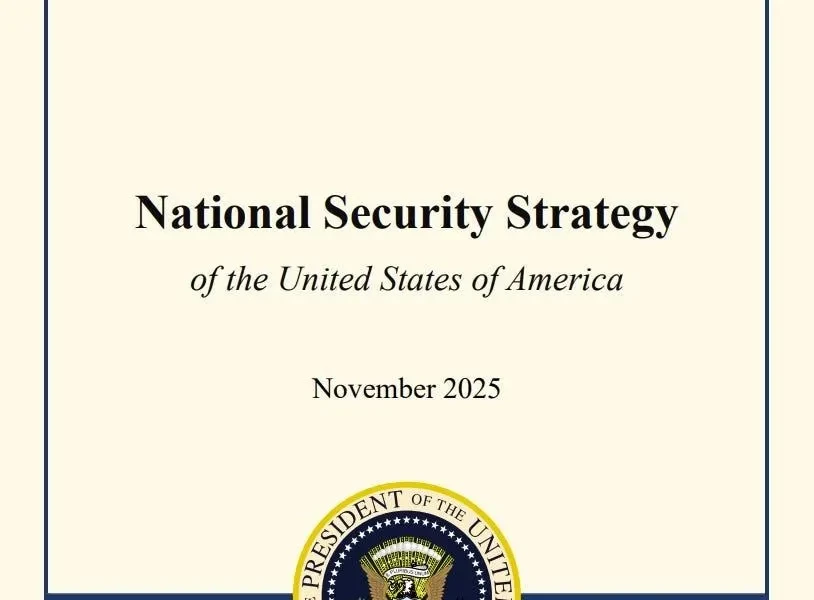
The Zimbabwe Electoral Commission (Zec)'s final delimitation report gazetted by President Emmerson Mnangagwa on February 20, 2023 can best be understood as a Zanu PF scheme for maintaining a two-thirds majority in Parliament.
Three observations in the Zec’s final delimitation report corroborate this argument.
First is that Zec deliberately applies 2007/8 total seats per province as its basis in coming up with the 2023 framework for allocating constituencies and sticks to its erroneous application of Section 161(6) of the constitution.
There is no justifiable reason for adopting this framework other than the desire to avoid loss of constituencies from Zanu PF stronghold provinces needed to secure a two-thirds majority in Parliament.
Second is that ZEC disregarded adult population dynamics per province presented in the 2022 census when it allocated constituencies per province.
If it was used, seven seats were going to be transferred from Zanu PF stronghold provinces to the opposition stronghold provinces.
Third is that Zec disregarded registered voter proportions per province in the total national voter population in coming up with its constituency allocation framework.
If they were used as basis for allocating constituencies per province, three constituencies were going to be transferred from Zanu PF stronghold provinces to opposition stronghold provinces.
- Corruption Watch: Get scared, 2023 is coming
- Corruption Watch: Get scared, 2023 is coming
- Letters: Ensuring Africa’s food security through availability of quality seeds
- Is military's involvement in politics compatible with democracy?
Keep Reading
The purpose of delimitation is to ensure proportional representation of the adult population per province in Parliament.
The Zec delimitation report defeats this purpose. Zec states on page ix that delimitation seeks to ensure equality of voting strength determined by number of “registered voters”.
However, an analysis of the total number of seats (constituencies) allocated per province shows that Zec accepted this objective of delimitation, but acted the opposite way through manipulation and gerrymandering.
Zec cites Section 160(1) of the constitution which obliges it to divide Zimbabwe into 210 constituencies for purposes of electing Members of Parliament.
Zec goes on to display a grotesque spectacle of discretionary conduct and gerrymandering.
On page xiv, Zec states its framework for determining the number of constituencies per province where it notes: “voter population within each province was divided by the “number of existing constituencies” in the respective province.
Once the average number of voters per constituency at provincial level was determined, it was then compared to the minimum and maximum national thresholds.
There is nowhere in the constitution where Zec is directed to use “number of existing constituencies” which means number of constituencies delimited in the previous 2007/8 delimitation to serve as basis for allocation of seat in each province.
Even Section 161(6)(e) stipulates that Zec should consider existing electoral boundaries “in the case of any delimitation after the first delimitation”.
This clause applies to the 2032/3 delimitation because the current delimitation is the first since the adoption of the constitution in 2013.
And even if it is applied in due course, it cannot offset the founding values in Section 3(2) of the constitution — the need for equality of votes and adequate representation in Parliament among others.
When Section 160(1) is read together with Section 161(1) of the constitution obliging Zec to conduct delimitation once every 10 years as soon as possible after a population census, there is no reasonable doubt that adult population published in the population and housing census ought to serve as the basis of allocating seats per province.
Zec acknowledges this in page viii where it states “population dynamics and changes in land use since the last delimitation” have created the need for redrawing of constituencies.
This means Zec concedes that changes in adult population across provinces have affected the 2007/8 number of seats allocated per province thus necessitating the redrawing of constituencies in those provinces.
Population dynamics determine the need for delimitation not stability of existing boundaries as claimed by Zec on page Xiii.
However, there is nowhere in the delimitation report where Zec uses the census population dynamics to determine the number of constituencies per province.
Instead, the population census, and its emphasis by the constitution is disregarded as Zec rushes to priorities its so called national thresholds and stability of existing electoral boundaries mantra that has been discredited for its mathematical errors and causation of disproportionate representation.
This is where the centre of electoral manipulation lies.
The under-representation in Zanu PF stronghold provinces is cancelled through over-representation in some of its stronghold provinces whereas under-representation in opposition stronghold provinces outweighsthe over-representation.
The net outcome is that Zec’s delimitation helped Zanu PF to avoid transfer of seats from its stronghold provinces to opposition stronghold provinces.
The Zec delimitation secures Zanu PF’s two-thirds majority disguised as maintaining stability of previous electoral boundaries.
It violates the constitutional demands for adherence to the census population dynamics and national values of equal representation in conducting boundary delimitation. The framework used to allocate constituencies per province contradicts the constitution and its net outcome gives Zanu PF stronghold provinces over-representation in Parliament whilst under-representing opposition stronghold provinces.
*This is an extract from a paper by the Zimbabwe Democracy Institute titled Zec delimitation: A Zanu PF two-thirds.










